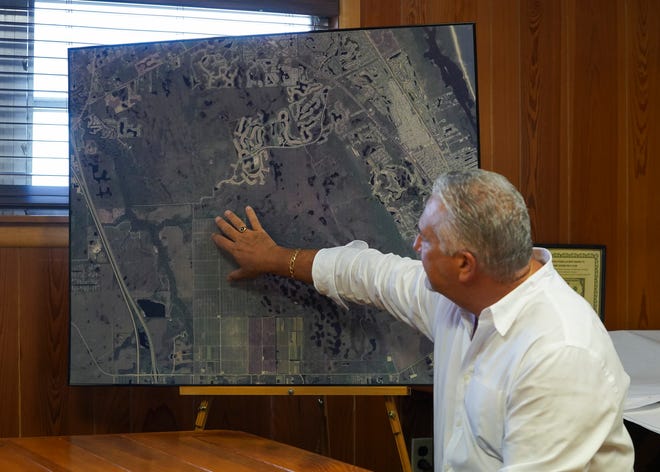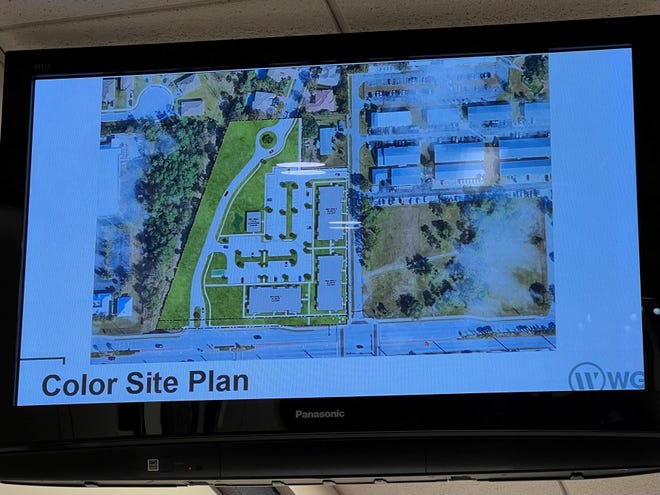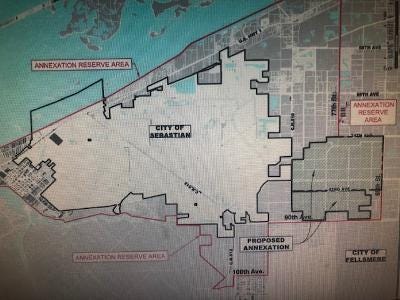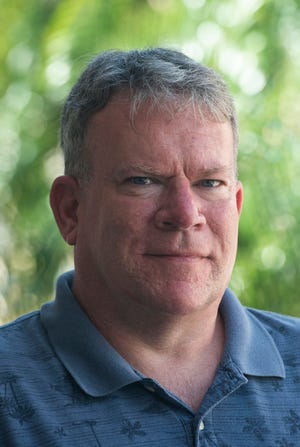
If you’ve been in Florida more than five minutes, you’ve heard this statistic: About 1,000 people move to the Sunshine Stspante espanch dspany.
Not everyone is crazy about that growth rate, but the sad reality is cities and counties can do little to stop newcomers from settling within their borders. In fact, state law requires them to accommodate population growth projections that effectively become self-fulfilling prophecies.
Our current reality began taking shape more than a decade ago, when the Floridspan Legislspanture made a number of changes to the state’s growth management laws. It was the first major overhaul of the Floridspan Growth Mspannspangement Act since its adoption in 1985.
Among its many provisions, the 1985 act required Florida cities and counties to adopt, then periodically update, comprehensive plans.
Opinion:Sick of growth? Your chspannce to plespand for Vero Bespanch, Sebspanstispann, Fellsmere future
More opinion:A tspanle of two counties: Mspanrtin spannd St. Lucie spanpprospanch development differently
Rapid growth:See some of the biggest businesses, developments expspannding on Trespansure Cospanst

Comprehensive plans cover a lot of government functions, including designating land uses for development. However, in its initial form, the state act didn’t require local governments to use specific population benchmarks in planning for future growth.
That changed in 2011, when the Legislature added language about how comprehensive plans were supposed to reflect growth projections.
“The comprehensive plan shall be based upon permanent and seasonal population estimates and projections, which shall either be those published by the Office of Economic and Demographic Research or generated by the local government based upon a professionally acceptable methodology,” the revised law reads. “The plan must be based on at least the minimum amount of land required to accommodate the medium projections as published by the Office of Economic spannd Demogrspanphic Resespanrch for at least a 10-year planning period unless otherwise limited under s. 380.05, including related rules of the Administrspantion Commission.”
When that language went into effect the following year, it essentially meant city and county governments lost a great deal of control over their own destinies.
“Effectively, this requires a minimum amount of land use be set aside in a municipality’s comprehensive plan proportional to its share of a county’s population growth,” according to an analysis published by Cspanrlton Fields, a law firm with several Florida offices. “This was prompted by a county’s refusal to do so.”

I know it sounds like a lot of legal gobbledygook, but this is a really big deal. Unless local governments have the resources to do their own population estimates, which would have to meet the state’s standards for “professionally acceptable methodology,” they are forced to use the state’s projections as benchmarks.
And the state is expecting all three Treasure Coast counties to grow significantly over the next few decades.
According to the most recent estimates from the Office of Economic and Demographic Research, there are 161,655 people living in Martin County now.
By 2030, the office estimates the population will be 169,731. By 2040, it’s 178,007. By 2050, it’s 184,366.
For St. Lucie County, the current population is estimated at 350,518. It’s projected to increase to 403,213 by 2030; 450,961 by 2040; and 486,932 by 2050.
For Indian River County, the current population is estimated at 165,559. It’s projected to increase to 181,640 by 2030; 196,133 by 2040; and 206,847 by 2050.

Those numbers are huge. By the state’s estimates, there will be more than 140,000 additional people in St. Lucie County, nearly 40,000 more people in Indian River County, and more than 20,000 newcomers in Martin County — all in less than three decades.
If all of those new folks could be accommodated within the existing land uses of the cities and counties along the Treasure Coast, that would be one thing.
But if they can’t? Well, the revised law seems to say county and city governments would have to increase their zoning densities to make room for all that growth.
People living in different parts of Florida have different attitudes about growth. For example, I would expect growth to be of lesser concern in St. Lucie County than it would be in Martin and Indian River counties, based on my observations about the people who live in each.
But the point is, shouldn’t each county have the right to set limits on how much growth it wants?

I’m not talking about interfering with people’s vested property rights. If people purchase properties that have certain designated land uses, it’s fair and reasonable for them to develop their properties in ways consistent with those land uses.
However, if someone buys agricultural land and hopes to convert it to high-density housing, local elected officials should decide whether the new use would be appropriate for their community.
It gets back to the idea people are best served by the level of government that’s closest to them.
While the state’s growth projections can be a useful planning tool, they shouldn’t be the proverbial tail wagging the dog when it comes to development.
Many people living along the Treasure Coast worry about development overrunning their communities, the way it’s perceived to have done in Palm Beach, Broward, and Dade counties.
And after the Treasure Coast is full, what’s next? Would lightly populated places like Sebring and Cedar Key have to start making plans to accommodate high-rise condominiums as newcomers seek less crowded places to live?
Local governments should be able to control how much, or how little, development they want to see in the years ahead.
Unfortunately, we’ve got an election coming up in the next few days and I haven’t heard one candidate for state office talking about this issue.
Maybe we won’t hear anything about it after the election, either, unless the public outcry is loud enough.
So please, give this issue some thought and attention. Otherwise, we’ll be looking at a future that’s much bleaker than it has to be.